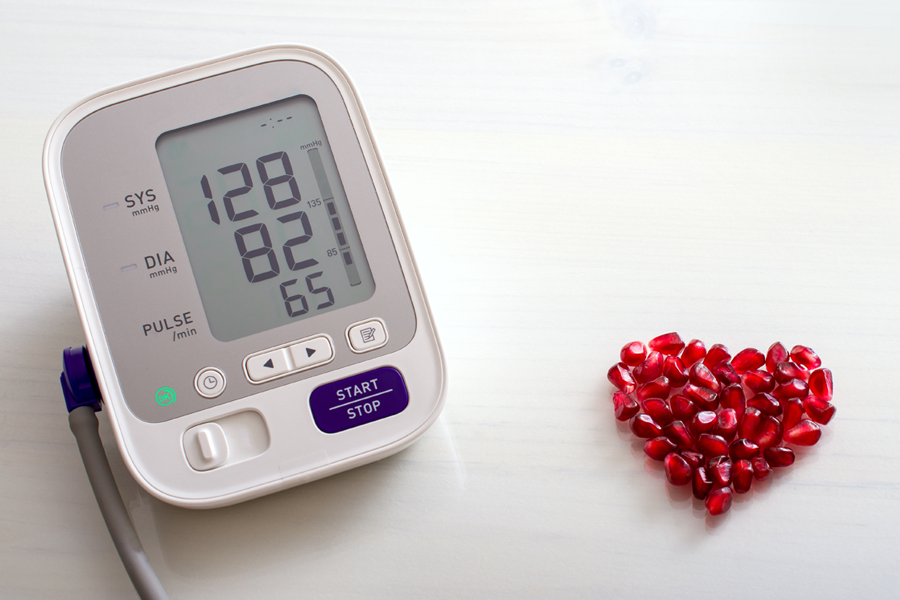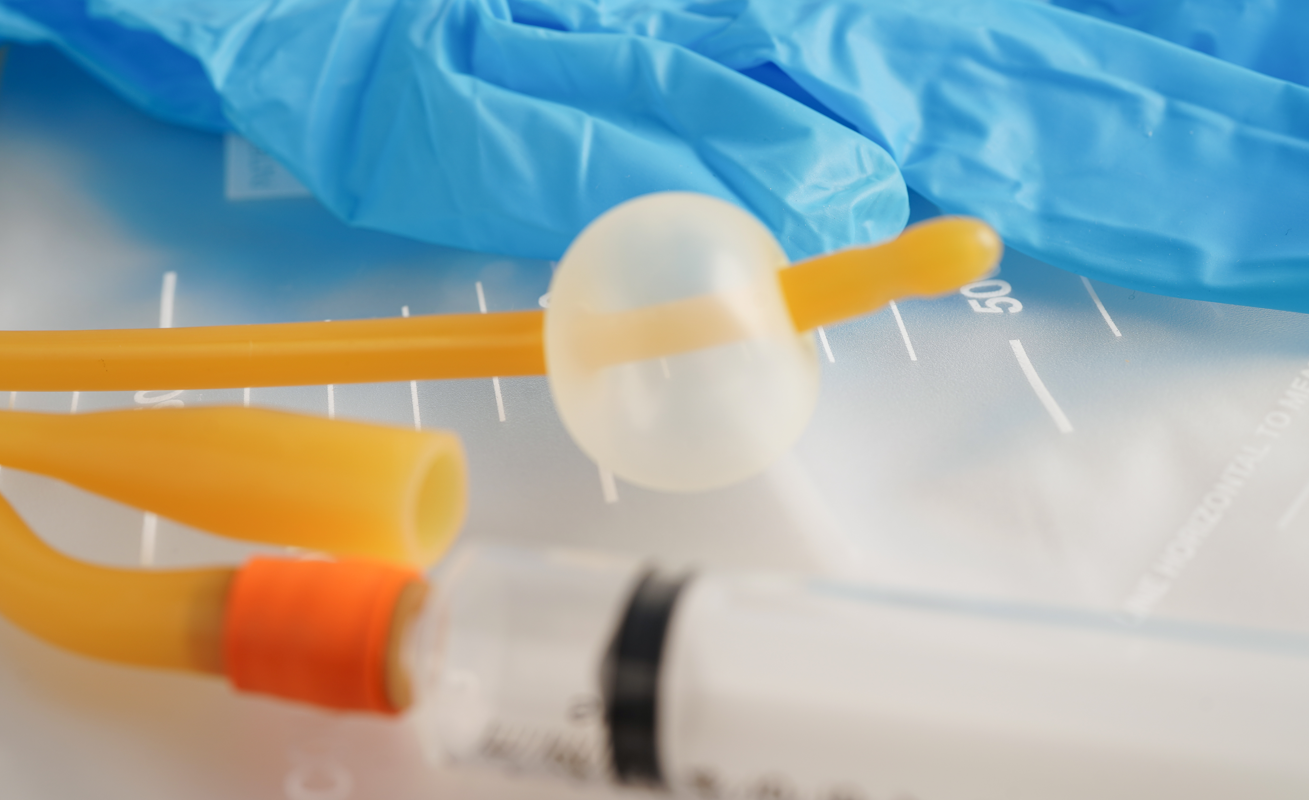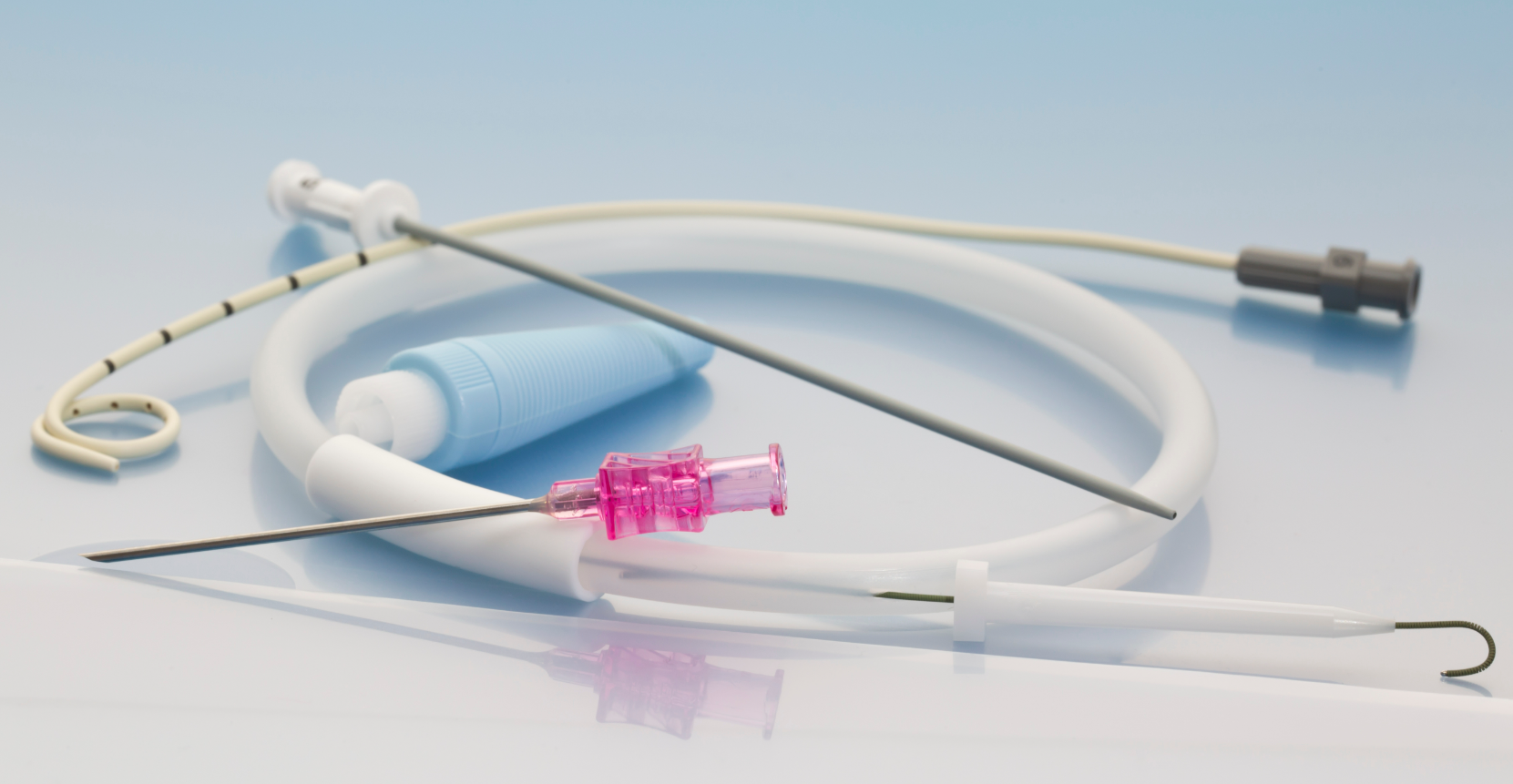
Blood Pressure Monitor
Device Type: Cardiology - Diagnostic
FDA Description:
A blood pressure monitor, also known as a sphygmomanometer, is a medical device used to measure an individual's blood pressure. The U.S. Food and Drug Administration (FDA) classifies these devices as non-invasive blood pressure measurement systems under product code DXN.
General Description:
A blood pressure monitor is a medical device designed to measure the force of blood against the walls of arteries. This device typically consists of an inflatable cuff, a pressure sensor, and a digital or analog display. The cuff wraps around the upper arm and inflates to temporarily restrict blood flow, allowing the device to detect and calculate systolic (pressure when the heart beats) and diastolic (pressure when the heart rests) blood pressure.
Modern models often feature digital displays for easy-to-read results, and some include additional functionalities such as heart rate monitoring, irregular heartbeat detection, and data storage for tracking readings over time. Advanced versions may also offer Bluetooth connectivity for integration with smartphone apps, enabling users to share data with healthcare providers.
These devices are widely used in clinical settings and homes for routine monitoring and management of hypertension, a common risk factor for cardiovascular diseases. The design ensures ease of use, with automated inflation and deflation processes. The cuff material is soft yet durable, offering comfort during use. Compact, portable, and reliable, blood pressure monitors with cuffs are vital tools in promoting heart health and managing chronic conditions effectively.
General Report
General Report
Project Overview
Cost & Time Estimates
Development Complexity
Technological Readiness
Regulatory Approval
Market Potential
Development Phases & Milestones
Resource Allocation & Team Involvement
Risk Mitigation Strategies
Investment & Financial Outlook
Feasibility
Understanding Your Feasibility Score
The Feasibility Score bar provides an assessment of your project’s path to market, with higher values indicating lower complexity and fewer anticipated obstacles.
- 0 - 39 (Low Feasibility): This range suggests that the project may face significant challenges due to high complexity or extensive requirements. Additional planning, resources, or risk mitigation strategies will be necessary.
- 40 - 74 (Moderate Feasibility): Projects within this range indicate a moderate path to market. While the overall complexity is manageable, some areas may require refinement or further development to ensure project stability and success.
- 75+ (High Feasibility): A score in this range indicates a relatively straightforward path to market, with low complexity and minimal additional work expected. This project is well-positioned to progress smoothly.
The Feasibility Score is a general guide, not an absolute measure of project success. We recommend using this score as part of a broader assessment and considering additional expert guidance for a comprehensive evaluation.
Cost & Time Breakdown
Phase I
Phase II
Phase III
Phase IV
Phase V
Disclaimers & Limitations
- Generalizations: This report provides a high-level overview based on standard assumptions and does not account for unique device characteristics. Actual costs, timelines, and risks may vary significantly depending on the device's design, use case, and target market.
- Assumptions of Device Class and Use: Assumptions were made regarding the device's classification and intended use. These assumptions can impact regulatory requirements, costs, and timelines. Specific regulatory pathways, for instance, may differ based on the device's risk classification and market entry strategy.
- Market and Regulatory Dynamics: Regulatory requirements and market conditions are subject to change. The report's cost and timeline estimates may be affected by evolving regulatory landscapes, standards, or unforeseen market dynamics, which could delay approval or require additional testing.
- Risk Assessment Limitations: Risk levels and mitigation strategies are based on general device categories and may not fully address specific technical or operational risks unique to the product. Thorough risk assessments should be tailored to the device's complexity, materials, and usage.
- Development Phases and Milestones: The development phases outlined here follow a typical medical device development pathway, but real-world project phases may overlap or require iteration due to unforeseen challenges or design changes.
- Cost and Timeline Variability: The cost and timeline estimates are based on standard industry benchmarks but do not account for project-specific adjustments. Factors like unexpected technical challenges, prototype iterations, or regulatory re-submissions can significantly impact final costs and schedules.
- Reliance on Industry Standards: The report relies on common industry standards for development and testing. However, additional standards specific to certain device features or regions may apply, affecting compliance requirements and associated timelines.
- Testing and Validation Scope: Testing and validation requirements are generalized. Devices with novel materials, complex electronics, or unique features may require additional, specialized tests, potentially extending both cost and duration.
- Supplier Chain for Complex Equipment: If your device includes advanced 'add-in' equipment like sensors, lasers, pumps, or vision systems, etc., the development timeline and associated costs will require a custom report.
.png?width=4200&height=441&name=Zewski_Report%20Logo%20(Shirts).png)


